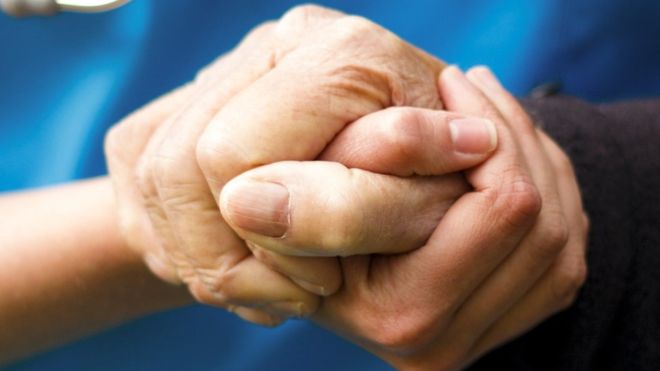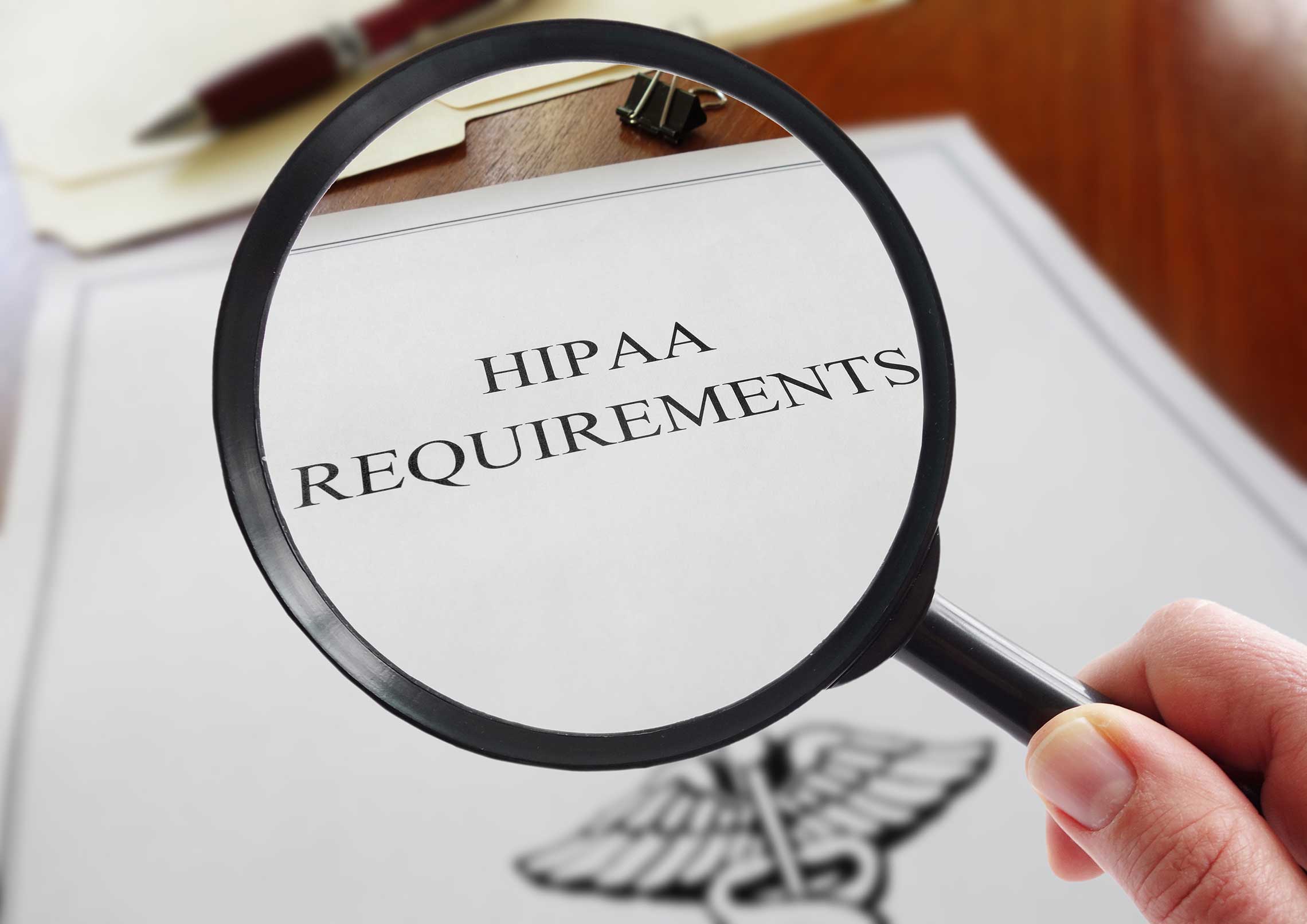Medicare, in general, is more focused than ever on positive health outcomes, specifically on keeping seniors out of the hospital.
Medicare Advantage plans have been responding to this by adding extra coverage. For the first time, these extras may include basic (non-medical) in-home senior care.
This newly-offered type of care may provide for household support activities for seniors that help them live comfortably and healthily at home. These essential tasks could include light cleaning, cooking, dishwashing, grooming and more. Home safety equipment may also be included. For more detail and background, read on.
About Medicare Advantage
Also called Medicare Part C, the Advantage plans are offered by private insurance companies and replace Medicare Parts A (hospital), B (doctors, office visits and tests) and sometimes D (drug coverage). You may have a choice of several Medicare Advantage plans, depending upon where you live. If you choose an Advantage plan, you must follow their rules and must typically use their network of doctors.
The private Medicare Advantage insurance plans must cover the same medical care that traditional Medicare does, but may charge more (or less) for specific services. These plans may also impose extra rules, such as requiring a referral to see a specialist, etc. (Referrals are not currently required in traditional Medicare.)
Medicare Advantage may charge an additional monthly premium, over and above your regular Medicare premium ($135 monthly in 2019), and some Advantage HMOs charge no extra premium.
New Medicare Advantage Offerings
For a few years now, Medicare Advantage has been touting “extra benefits” like vision care (optometry and prescription eyeglasses), dental cleanings, hearing aids and/or free gym memberships. They hoped the extras would encourage people to switch from traditional Medicare, to Medicare Advantage.
Recently, the private insurers that offer Medicare Advantage plans have been given permission to add even more extras, which vary from one plan and company to another.
What is so interesting for seniors who need home caregivers is this: In the past, seniors could only get limited, skilled medical in-home care from traditional Medicare or Medicare Advantage. They would not cover any “non-skilled” in-home care that seniors need. Now, these items may be included. Examples of new in-home supportive services Medicare Advantage may cover:
- At-home custodial care (grooming, meal preparation, bathing, and more)
- Transportation to medical appointments
- Meal delivery
- Shower grab bars and other home safety devices
- Caregiver support
- Adult daycare
- And more
Keep in mind that coverage varies significantly by plan, so be sure to read the details before choosing among the Medicare Advantage plans, or deciding to stick with traditional Medicare.
Study Coverage Details and Rules Carefully
This extra at-home coverage is welcome news for seniors and their family caregivers. It’s very important to be aware, however, that different plans will have different specifics, varying rules about accessing these benefits, and limits on the maximum number of home visits allowed. Medicare’s guide to Advantage Plans may help you.
By adding this extra coverage, Medicare Advantage is acknowledging what we have known for so long—that proper in-home care (beyond skilled medical/nursing care) improves long-term health for seniors. This type of care can keep seniors living successfully at home, which saves seniors money and helps the senior to enjoy greater independence, as well as enhanced quality of life. It’s about time, and we hope for even more positive changes in the future.
Transition Care for Seniors
Often times, Medicare does not cover, A Place at Home is here to fill the gaps in coverage and prevent unnecessary readmissions through our Transition Care Management (TCM) program.
Our TCM program ensures a safe and smooth transition home by complying with discharge orders, providing personal care, transportation, helping with errands, follow-up appointments, and light housekeeping.
If you or a loved one are in need of transition care, contact us for more information.










